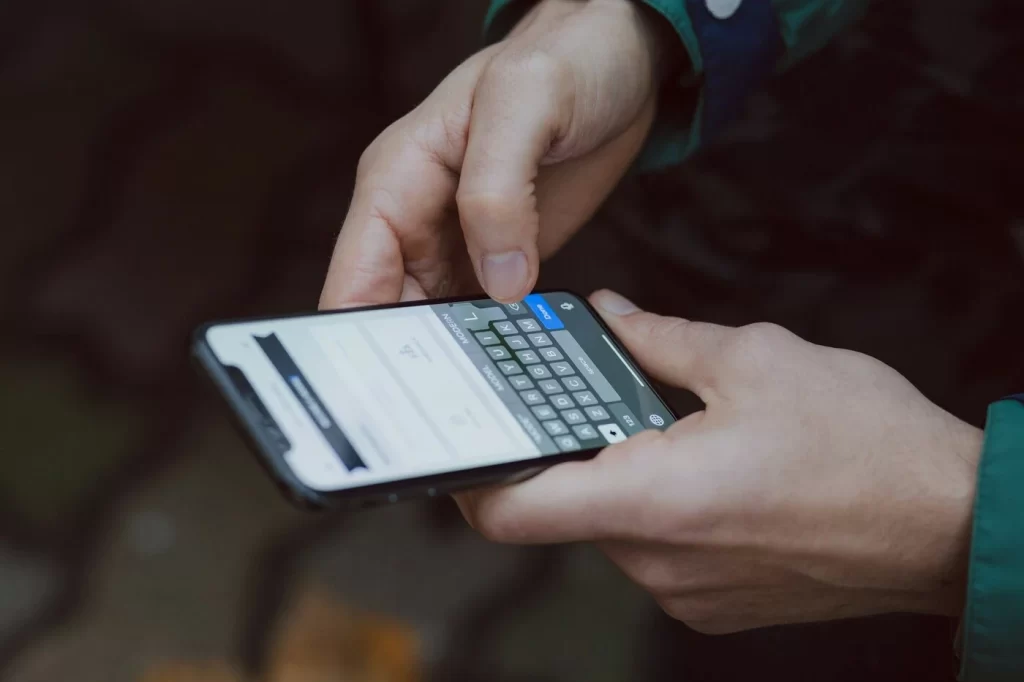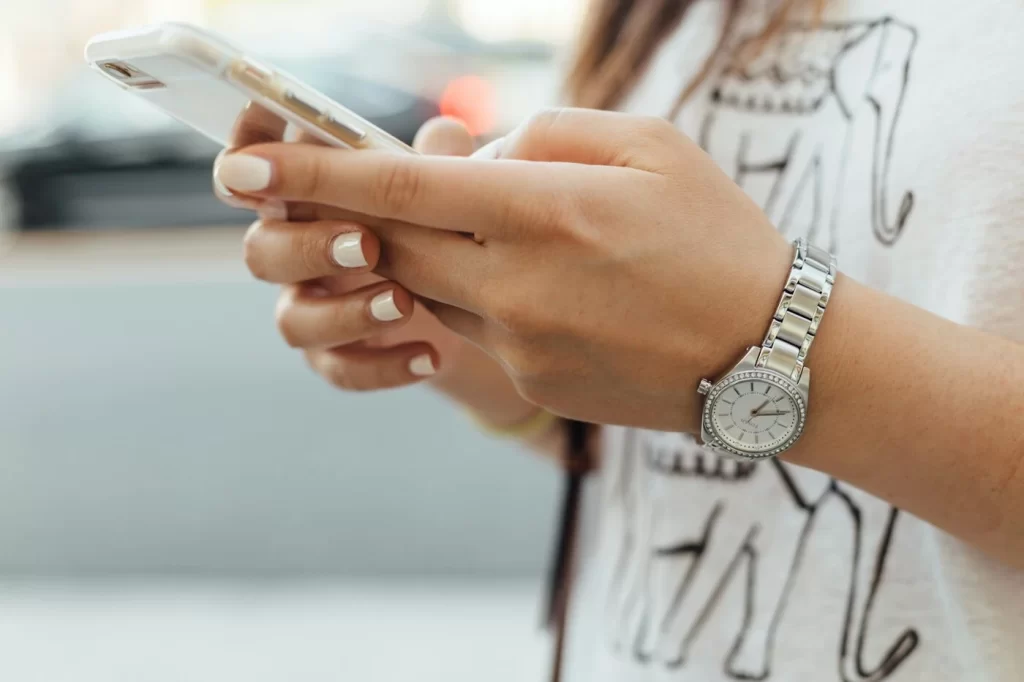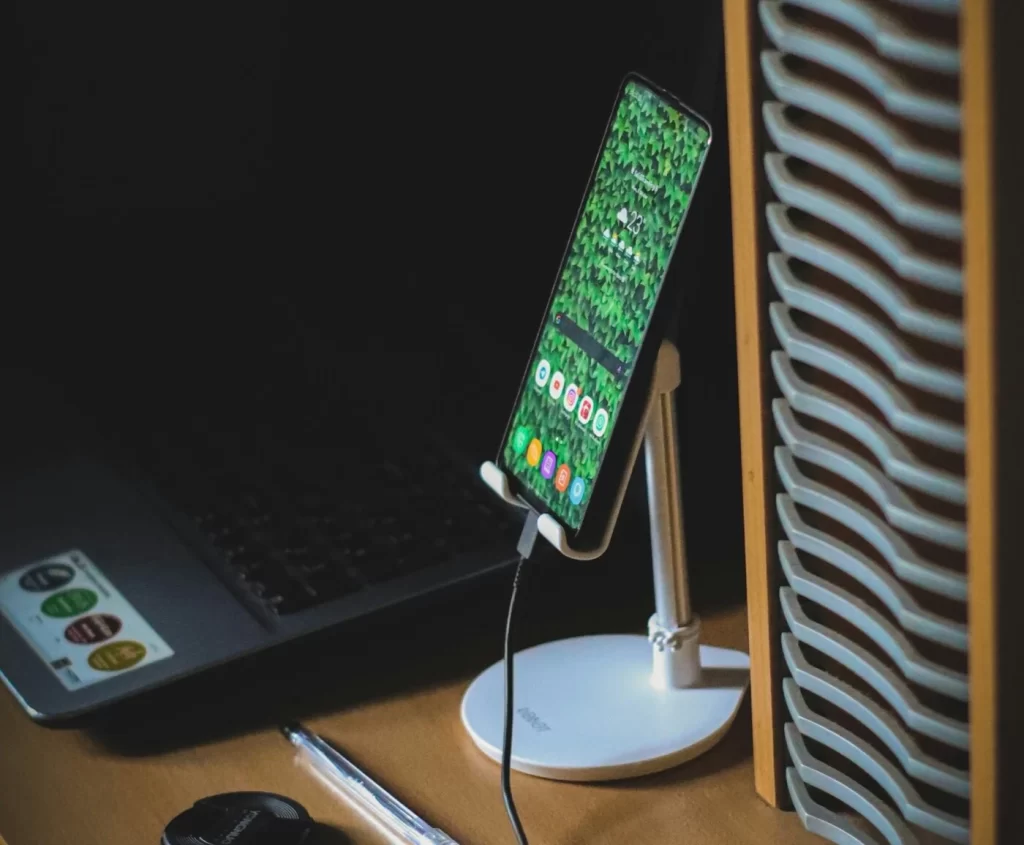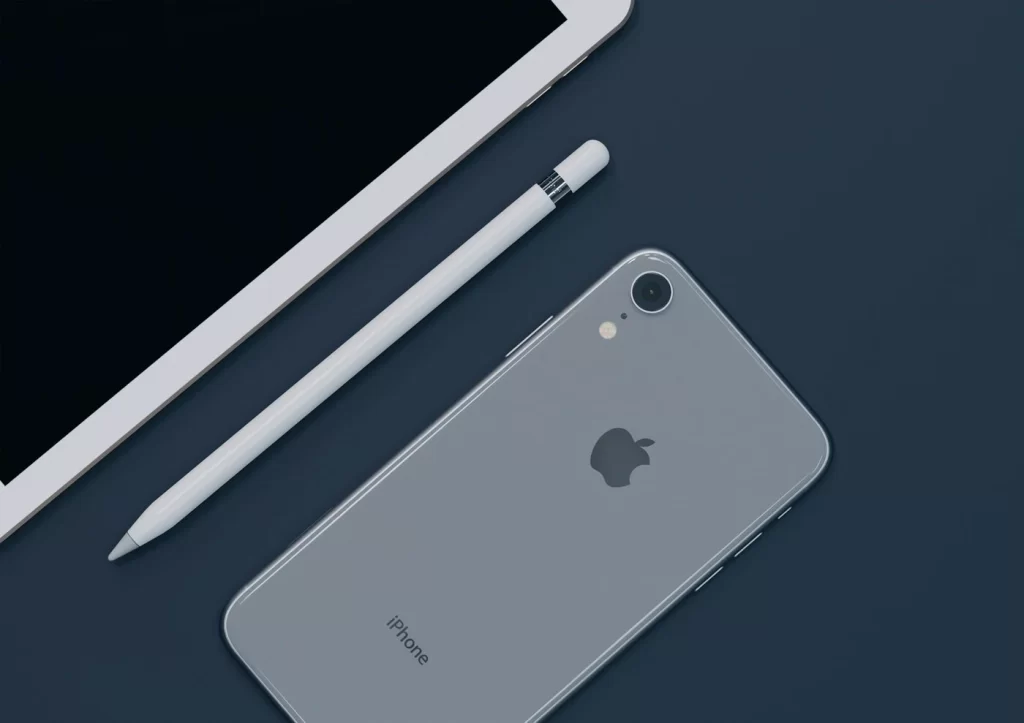
Imagine the discomfort in your wrists, fingers, or eyes holding you back, as you try to complete a document or even enjoy books or movies. The culprit is your smartphone, a device you’re using on a daily basis. It is a necessity but has sucked the joy out of your productive endeavours and even your recreational activities.
Phone ergonomics is not a widely discussed topic, but it’s one that can spare you from daily strain and stress. There are two reasons to care about this: 1) wellbeing as it’s important to avoid strain and injury, and 2) productivity as it’s important to develop resilient and even innovative ways to work despite the issues posed by our smartphones.
In general, the most ergonomic way to use your phone involves a comfortable hand grip and viewing your phone while maintaining a proper posture. Furthermore, strain can be limited via hands-free working, while investing in ergonomic accessories can enhance comfort.
Bring Awareness to Hand Grip and Tension

With the way modern phones keep getting bigger, it’s no longer feasible to maximize phone use with one hand. Most individuals strain and stretch their fingers across the screen awkwardly. I do this sometimes and you probably do too, but there are other ways to use your phone more efficiently.
To hold your phone ergonomically, conform your grip to your hand’s natural curve while resisting the urge to bend or stretch your fingers awkwardly across the screen. Instead, vary your hand grip frequently and set your phone down periodically while typing.
Try the following:
- Vary your grip or involve your other hand: Unfortunately, you have to involve your other hand when executing most functions on a modern smartphone.
- Bring awareness to the tension that surrounds your hands and wrists, so you can easily make adjustments to how you hold your phone.
- Putting your phone down on a flat surface while typing: This is a smart hack for variation. You don’t need to hold it all the time. However be mindful of potential neck strain if you do this for too long, as you’d be looking downward.
View Your Phone Ergonomically

Viewing your phone screen ergonomically is similar to viewing your laptop/monitor screens. You want your phone at eye level or find a way to reduce neck/shoulder tension due to looking down.
To maintain proper posture, position your phone at eye level to view it comfortably while maintaining a neutral posture. This would keep your neck, back, and shoulders in a relaxed and neutral position, preventing you from hunching over or craning your neck downwards.
This article was originally published on unboundist.com. If it is now published on any other site, it was done without permission from the copyright owner.
Manage Eye Fatigue
Eye fatigue is easily manageable even if you use your phone a lot. Just practice the 20-20-20 rule, whereby you look at something 20 feet away for 20 seconds every 20 minutes.
But a more useful tip that’s less frequently talked about is to become aware of how you’re staring at your screen. A lot of these tips involve awareness because it’s key:
- If you’re unaware of how you’re staring intently at your screen without ever shifting or relaxing your eyes, poorer vision is inevitable. You’re bound to encounter issues like eye strain, headache, or dry eyes.
- Once you’re aware, reduce the staring and start to shift or relax your eyes whilst looking at your screen.
- If you have severe eye strain and vision problems, you may need to see a specialist or treat the issue way more seriously.
At night, ensure that night shift is enabled on your phone. Your phone will display warmer colours and emit less blue light, so you can have better rest/sleep at night.
- Auto-enable night shift between 8pm and 7am daily so that you don’t have to manually turn it on. Simply go to display and brightness in your phone settings to do this.
Limit Using Your Hands: Work Hands-Free
Beyond dealing with strain, this is a strategic hack that can transform how you work: Work hands-free. Think of the wasted periods of your day when you’re mentally alert, but couldn’t technically work since you’re away from your desk.
Instead of exercising your hands and fingers, try the following:
- Use voice commands and assistants for making calls, setting reminders, opening apps
- Use voice dictation (converting voice to text) for emails, text messages, or documents without the need for typing manually
- Wear Bluetooth headsets or earphones to communicate (speak and listen) hands-free during calls. Ensure that your headset/earphone has a built-in microphone.
These techniques not only reduce the need for constant typing and tapping, but also increase your ability to stay productive whilst your hands are occupied.
Invest in Ergonomic Accessories
If you have a slightly higher budget, consider investing in ergonomic accessories for your smartphone. Here are the tools you can consider.
Ergonomic phone cases
These cases are designed to provide better grip and comfort while holding your phone, typically featuring textured surfaces or contoured designs. Some cases even come with built-in stands that allow you to prop up the phone for viewing.
Typically, buyers of ergonomic phone cases include users with hand/wrist issues. Ergonomic cases can alleviate strain and improve your daily phone-holding experience.
Here’s what to prioritize when choosing a phone case:
- Comfort and Grip: Go with a case that feels comfortable to hold and provides a secure grip. You should thus buy the case in retail rather than online.
- Slim design: Phone cases should maintain a slim profile, needless to say, to ensure portability and easy handling. Bulky cases can add unnecessary bulk and weight, which may compromise the overall ergonomics.
- Protection: The case should protect your phone against drops, bumps, and scratches.
Styluses
Styluses can prevent the need for repetitive hand/finger movements.
They enhance accuracy when executing certain tasks on your smartphone, such as tasks involving fine details.
Rather than relying on your fine motor skills, a stylus like the Apple Pencil gives you a comfortable grip and is ideal for sketching, note-taking, and working on excel sheets and other app interfaces.
Again, select a stylus with a comfortable grip to enhance your comfort and control while you work.

Related: Phone Accessories That Can Make Travel Better… Or Worse
Stretch Your Hands and Fingers
Lastly, stretches can decrease fatigue and keep your hands and fingers flexible. It doesn’t cost you much time at all.
These are simple exercises like opening your hand and spreading your fingers for as wide as you possibly can, before closing your hand into a fist. Look up hand/finger exercises online to alleviate strain and just do a few.
While these stretches may alleviate strain, they won’t tackle the root cause.
Thus, bear in mind that being mindful of how you hold your phone and type, as well as using hands-free productivity methods or ergonomic phone accessories, can help reduce strain before it even begins.